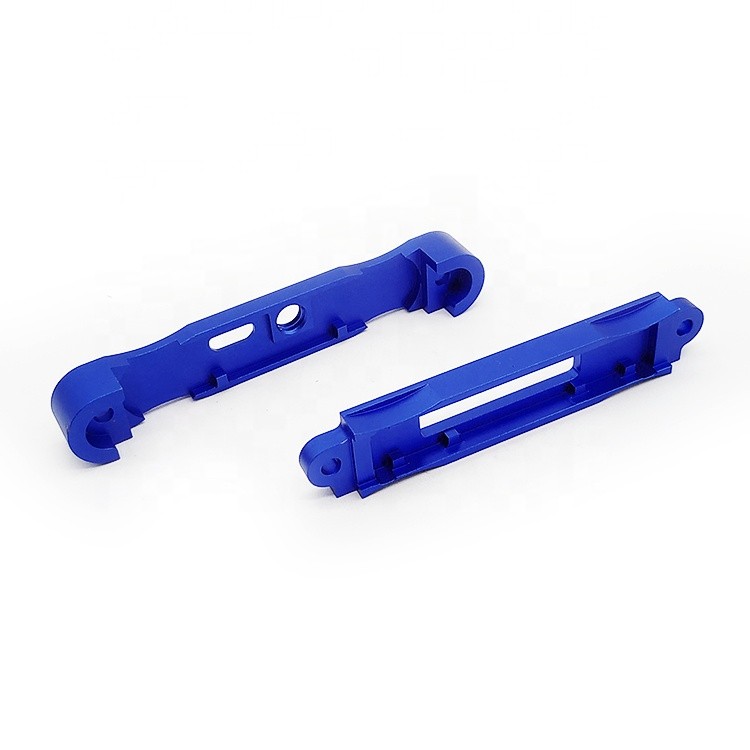source:Industry News release time:2021-08-06 Article author:sznbone Popular:POGO PIN
End mills and end mills with carbide inserts are mainly used for processing bosses, grooves and box mouth surfaces.
In order to make it easier to eat the tool during axial feed, a milling cutter with special sharpened end teeth is used. In order to reduce vibration,
The non-equidistant three-tooth or four-tooth milling cutter as shown in Figure b can be used. In order to strengthen the strength of the milling cutter, the tapered tool center should be enlarged and the groove depth should be changed.

In order to improve the processing accuracy of the groove width and reduce the types of milling cutters, a milling cutter with a diameter smaller than the groove width can be used during processing.
First mill the middle part of the groove, and then use the tool radius compensation function to mill both sides of the groove.
End mills are generally used to mill the peripheral contours of plane parts. The structure parameters of the tool can be referred to as follows:
①The tool radius R should be less than the minimum radius of curvature ρ of the inner contour of the part, generally R=(O.8~0.9)ρ.
②The machining height of the parts H≤(1/4~1/6)R to ensure that the knife has sufficient rigidity.
③When rough machining the inner surface, the tool diameter can be estimated as follows:
In the formula, δ1 is the finishing allowance of the groove; δ is the maximum allowable finishing allowance when machining the inner surface;
φ is the minimum included angle of the inner wall of the part; D is the minimum arc diameter of the inner surface of the workpiece.
When the CNC machining center processes curved surfaces and contours with variable bevel angles, ball-end knives, ring knives, drum knives and conical knives are commonly used.
Tool position point, that is, the datum point used to calculate the tool position during programming. The most common application of ball-end knives is when machining curved surfaces.
However, the closer to the bottom of the ball-end knife, the worse the cutting conditions. Therefore, there is a recent trend of using ring knives (including flat-bottomed knives) to replace ball-end knives.
Both drum knives and tapered knives can be used to process parts with variable bevel angles. This is a flexible measure to replace four-coordinate or five-coordinate machine tools in single-piece or small batch production.
The longitudinal section of the cutting edge of the drum knife is ground into a circular arc R1. During processing, the upper and lower positions of the knife are controlled, and the cutting position of the knife edge is changed accordingly.
Different bevel angle values from negative to positive can be cut on the workpiece. The smaller the arc radius R1, the wider the range of bevel angles that the tool can adapt to.
However, the surface quality of the workpiece obtained by line cutting is worse. The disadvantages of drum knives are difficult sharpening and poor cutting conditions.
And it is not suitable for processing the inner edge surface. On the contrary, the tapered knife is easy to sharpen, the cutting conditions are good, and the processing efficiency is high.
The surface quality of the workpiece is also good, but the flexibility of processing variable bevel parts is small.
When the bevel angle of the workpiece changes in a large range, the tool needs to be changed in stages, leaving many metal residues and increasing the amount of manual filing.
Read recommendations:
M2944 4.4x11.5(1A)rotating disk electrode price
Electronic spring contacts M6333.89X10.03
What are the important functions of waterproof pin jack connectors
Why do pogo pin connectors need to be plated with thick gold